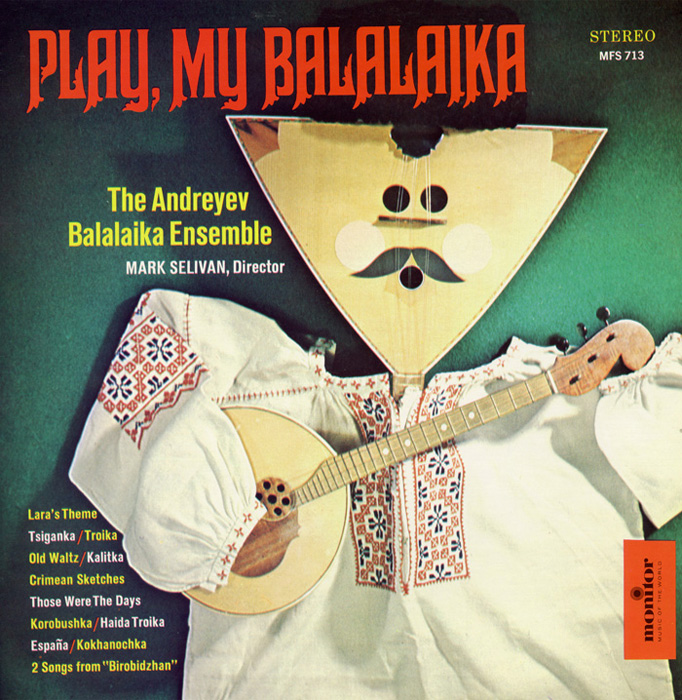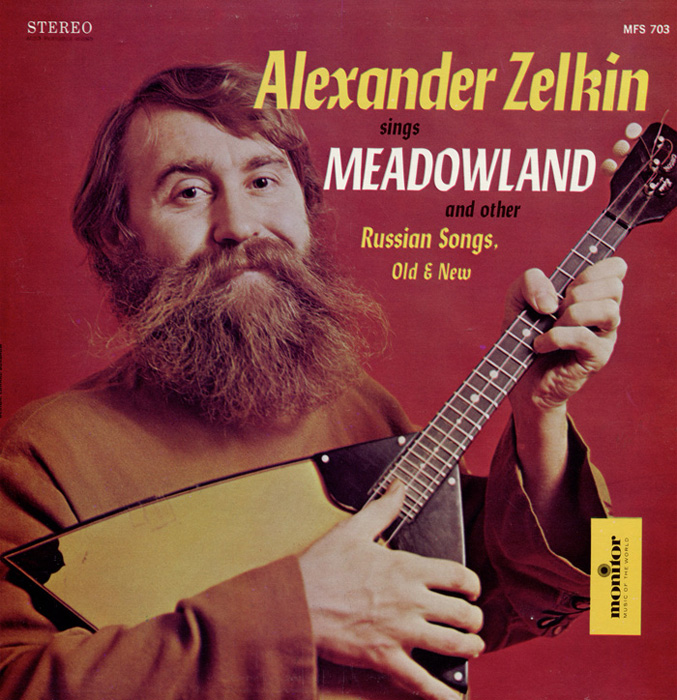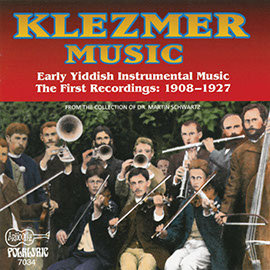Summary
Students will listen to and play Russian music, with an emphasis on the balalaika and accordion. They will also play “Tachanka”, a Russian folk tune, in parts.
Suggested Grade Levels: 3-5, 6-8, 9-12
Country: Russia
Region: North Eurasia
Culture Group: Russian
Genre: World
Instruments: Any
Language: Russian
Co-Curricular Areas: Social Studies, Dance
National Standards: 2, 5, 6, 8, 9
Prerequisites: None
Objectives:
- Basic knowledge of language, geography, and musical culture of Russia
Material:
- “Kalitka (Little Gate)” from Balalaika: Monitor Presents the Andreyev Balalaika Ensemble
- “The Coach is Racing” from Alexander Zelkin Sings Meadowland and Other Russian Songs, Old and New
- “Tachanka” from Alexander Zelkin Sings Meadowland and Other Russian Songs, Old and New
- Image of balalaika
- Maps of Russia

“Kalitka (Little Gate)”
from Balalaika: Monitor Presents the Andreyev Balalaika Ensemble (1990) | MON61713

“The Coach Is Racing (Vot Mchitsa Troika)”
from Alexander Zelkin Sings Meadowland and Other Russian Songs, Old and New MON00703
“Tachanka”
Lesson Segments:
- Listening to Russian Folk Music (National Standards 6, 8, 9)
- Russia and the Balalaika (National Standards 2, 8, 9)
- A Russian Folk Song Called ‘Tachanka’ (National Standards 2, 5, 6, 8, 9)
Lesson Segment 1: Listening to Russian Folk Music
Procedure:
- Play “Kalitka”
- Before listening, guide the students by asking these questions:
- What instruments are being played? (Answer: balalaika, domra, accordion)
- How do you think they are played? (Answer: These instruments are strummed with a plectrum/pick)
- On a second listening, ask:
- Do you notice anything about the tonality of this piece? (Answer: major, but many tonicizations of other keys)
- Can you hear an overall form? (Answer: Yes.)
- What is the overall form?
- Play “The Coach is Racing”
- Before listening, guide the students hearing by asking these questions:
- What instruments are being played? (Answer: Balalaika, clarinet)
- Can you pretend to play them with the piece?
- Listen to it a second time, and ask the following questions:
- What language is he singing in? (To guide them towards ‘Russian’, you may ask more specific language questions to turn them away from other languages; e.g. Is it English? Is it Spanish? Is it French?)
- Where might this music be from?
- What is the tonality of this piece? (Answer: minor)
- What do the balalaika and clarinet do in the beginning of the piece? Answer: The balalaika and clarinet are the melody and counter-melody, respectively.
Assessment:
- Can the students answer all the prompt questions?
Lesson Segment 2. Russia and the Balalaika
Procedure:
- Show a map of Russia and surrounding areas.
- Show pictures of an accordion and distribute to small groups.
- Discuss of the parts of the accordion: bellows, reeds, pallet, body.
- If an accordion is available, bring it out to show students.
- Show pictures of different balalaikas and distribute to small groups.
- Lead a brief discussion of parts of a balalaika and its similarity to guitar: strings, plectrum (for larger balalaikas), wooden (spruce or fir) body, tuning.
- If a balalaika is available, show the students. Demonstrate how it is held, what its components are, and how it is played.
- Recap the discussion:
- Where does the balalaika originate from? (Answer: Russia)
- Ask students to demonstrate playing on a balalaika.
Assessment:
- Did the students participate in the discussion?
Lesson Segment 3. A Russian Folk Song Called ‘Tachanka’
Procedure:
- Listen to “Tachanka”.
- Before listening, ask them to pay specific attention to the melody
- Play “Tachanka Melody” on instruments (See notation).
- This can be played on any instrument. The transcription is written for a C instrument, so students may have to transpose
- Listen to “Tachanka” a second time.
- Before listening, ask them what other instruments there are (Snare, accordion, balalaika, bass)
- Play “Tachanka” (See notation).
- Have all students practice the percussion part by clapping the off-beats, while piano plays the bass part OR students stamp their foot on the beats
- Instrumentation Notes: I have included my original transcription of Tachanka, which includes an instrumentation of Voice, “Mandolin” (Balalaika), Accordion, and Snare drum, but the instrumentation can easily be changed to incorporate as few as two parts depending on the age level of the group.
- Plans for different age groups:
- Play “Tachanka” - Grades 3-5
- Divide the class in half.
- One half of the class will use Orff instruments to play the melody of Tachanka.
- The other half of the class will play the Percussion part using body percussion (i.e. stamp-clap stamp-clap stamp-clap stamp-clap)
- The teacher may use the piano to add the Contrabass line.
- rade parts.
- Play “Tachanka” - Grades 6-8
- Divide the class in half.
- One half of the class will use instruments to play the melody of Tachanka.
- The other half of the class will play the Percussion part using body percussion (e.g. stamps and claps). If a snare is available, choose one student to play the snare part.
- Choose a small group of students to play the balalaika part (preferably higher pitched instruments, e.g. violin or flute.) The notes should be played pizzicato or staccato (if pizz. is not an option).
- The teacher may use the piano to add the Contrabass line.
- Play “Tachanka” - Grades 9-12
- Low instruments should play the contrabass line (e.g. bass, cello, tuba, trombone)
- Percussion may play the Snare line.
- For an orchestra, choose a group of students to clap the snare line.
- Choose a small group of students to play the “mandolin” (balalaika) line. The notes should be played pizzicato (or staccato if pizzicato is not an option)
- vChoose a small group of students to play the accordion line.
- Students playing the balalaika/accordion introduction may jump to other parts after the introduction.
Assessment:
- Did the students participate in the performance? Did they apply the listening to their own performance?






